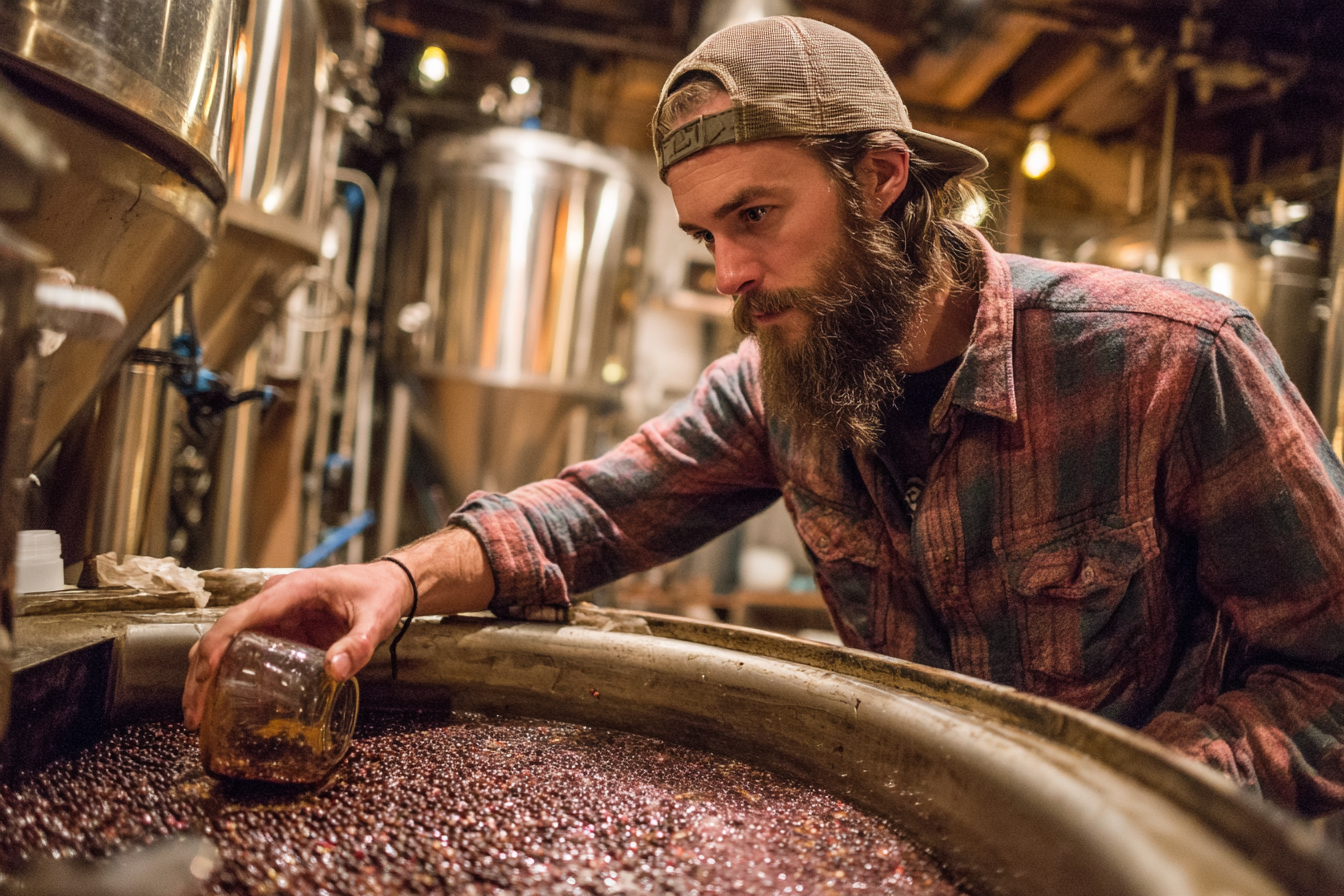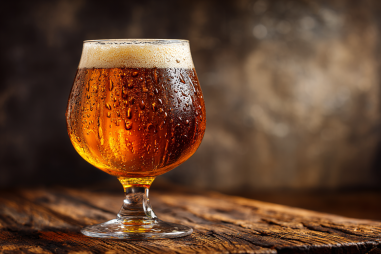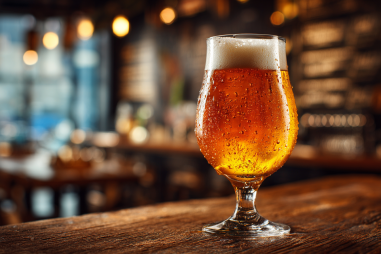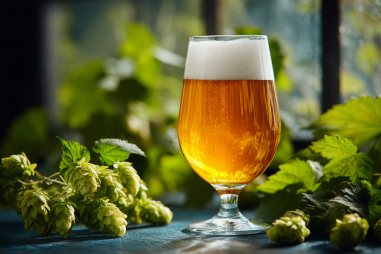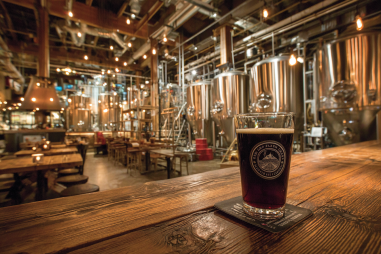Pastry stouts have taken the craft beer world by storm, offering a deliciously decadent twist on the traditional stout. These beers are known for their rich, dessert-like flavors that range from chocolate and vanilla to berries, caramel, and spices, often evoking the taste of a favorite pastry or dessert. But creating a pastry stout isn’t just about adding sugar or flavoring; it requires a careful balance of ingredients and specialized brewing techniques to achieve that luscious, sweet complexity without losing the integrity and drinkability of the beer. Let’s dive into the fascinating pastry stout brewing process and discover how brewers expertly blend sweetness with craft.
What Is a Pastry Stout?
Pastry stouts are a substyle of imperial stout or milk stout that emphasize dessert flavors. The name “pastry stout” comes from the idea that these beers aim to mimic the flavors and sensations of baked goods, cakes, pies, and other sweet treats. Unlike traditional stouts that lean towards roasted bitterness and coffee or chocolate notes, pastry stouts are deliberately sweet and rich, often resembling a liquid dessert.
These beers gained traction in the craft brewing scene over the past decade, driven by experimentation with adjuncts like lactose (milk sugar), vanilla beans, cocoa, fruits, and spices. Their creamy mouthfeel, combined with layered, indulgent flavors, has made them popular both among brewers pushing creative boundaries and consumers craving something unique and decadent.
Key Ingredients in the Pastry Stout Brewing Process
The foundation of any pastry stout lies in its carefully selected ingredients that contribute sweetness, body, and a complex aromatic profile. Here’s a breakdown of the main players:
- Base Malts: Pale and specialty malts, like chocolate malt and black patent malt, provide the dark color and roasted flavors typical of stouts.
- Adjunct Sugars: Lactose is a popular choice because it adds sweetness and creaminess that yeast cannot ferment, resulting in residual sweetness.
- Flavor Adjuncts: Vanilla beans, cocoa nibs, cinnamon sticks, nutmeg, coffee beans, and various spices offer dessert-like aromas.
- Fruits: Many pastry stouts incorporate real fruit such as raspberries, cherries, or blueberries to impart tart sweetness and fresh complexity.
- Specialty Enzymes and Enzymatic Malts: These can assist in breaking down complex starches and improving mouthfeel.
- Yeast Strains: Brewers often use yeast that ferments cleanly without producing too many esters, preserving the intended sweet profile.
The Step-by-Step Pastry Stout Brewing Process
While the basics of brewing a pastry stout mirror those of other ales, several key steps are designed to maximize flavor infusion and sweetness retention.
Mash and Lauter
Starting with a rich malt bill, brewers mash the grains to extract fermentable and unfermentable sugars. Adjusting the mash temperature towards the higher end (around 154-156°F or 68-69°C) helps retain dextrins and complex sugars, contributing to a fuller body and residual sweetness essential for the pastry stout style.
Boil and Hop Additions
The boil phase includes hops, but usually in moderate amounts to keep bitterness low, allowing the sweetness and adjunction flavors to shine. Brewers might add some neutral bittering hops early in the boil and avoid late hops to reduce any sharp hop character.
Adding Adjuncts and Flavorings
One of the defining steps is when and how to add ingredients that impart dessert flavors:
- Lactose Addition: Typically added near the end of the boil or during fermentation, lactose increases sweetness and body.
- Spices and Vanilla: Often added in secondary fermentation or during aging to preserve aroma without masking subtleties.
- Fruit: Real fruit puree or whole fruit can be added post-primary fermentation. This careful timing prevents yeast from fermenting all the sugars in the fruit, which could otherwise reduce sweetness.
- Cocoa and Coffee: Like spices, these are usually introduced during conditioning to maintain freshness.
Fermentation
Fermentation temperature control is crucial. A cooler, clean yeast strain is preferred for avoiding unwanted esters that clash with the sweet profile. Also, brewers must carefully manage attenuation (how much sugar the yeast consumes) to preserve enough residual sweetness. Often, a yeast strain with moderate attenuation (around 70%) is ideal.
Conditioning and Packaging
Maturation takes place with the adjuncts, allowing flavors to meld and mellow. Some pastry stouts benefit from barrel aging, which adds depth and complexity—think bourbon, vanilla, or oak notes that complement the dessert profile. Once the flavors are balanced and smooth, the beer is packaged for sale, often with a creamy carbonation level that enhances overall richness.
Techniques for Adding Dessert Elements
Brewers use a variety of techniques to craft the lush, multi-layered flavors pastry stouts are known for:
- Lactose Sugar: Adding lactose, which is unfermentable by most beer yeasts, imparts sweetness and a smooth mouthfeel. It’s a staple in milk stouts and widely employed in pastry stouts.
- Vanilla Infusion: Whole vanilla beans or vanilla extract are added during secondary fermentation or conditioning. The key is to tread carefully—too much vanilla can overpower.
- Fruit Addition: Real fruit purees or whole fruit give both sweetness and natural acidity. This element is often added after primary fermentation to ensure the desired flavor and residual sugar remain intact.
- Spices and Nuts: Elements like cinnamon sticks, nutmeg, or even toasted coconut can mimic classic dessert toppings. These are usually added post-fermentation or in the conditioning tanks to preserve their aromatic profiles.
- Cocoa and Chocolate: Cocoa nibs or natural chocolate extracts boost the chocolate intensity without getting overly bitter, offering a pleasant, sweet roastiness.
Challenges in Brewing Pastry Stouts
Pastry stout brewing presents unique difficulties that require careful attention:
- Balancing Sweetness: Too much residual sugar can make the beer cloying and difficult to drink, while too little can leave it tasting thin and dry.
- Adjunct Integration: Incorporating non-malt ingredients without compromising beer stability or introducing contamination risks is critical. Fruit additions must be sanitized or pasteurized, and spice quantities carefully calibrated.
- Fermentation Control: Excessive yeast activity might consume all adjunct sugars, drying out the beer. Choosing the right yeast strain and fermentation temperature is essential.
- Overpowering Flavors: Aromatics like vanilla and cinnamon can dominate the profile if mishandled, masking subtle malt notes or other flavors.
- Packaging Considerations: High sugar content and adjunct additions can cause overcarbonation or spoilage if not monitored meticulously.
Tips for Homebrewers Interested in Pastry Stout Brewing
If you’re a homebrewer looking to experiment with pastry stouts, here are some guidelines to help you craft your own dessert beer masterpiece:
- Start Simple: Begin with a solid stout base recipe before adding adjuncts.
- Use Lactose for Sweetness: It’s an easy way to enhance creaminess without altering fermentation.
- Add Adjuncts After Primary Fermentation: This preserves delicate flavors and avoids unintended fermentation of added sugars.
- Measure and Record Everything: Keep track of your ingredient quantities and timing to adjust in future batches.
- Test Small Batches: Experiment with flavor additions in smaller volumes before scaling up.
- Sanitize Everything: Fruit and spices can harbor unwanted microbes; proper sanitation is key.
- Consider Yeast Selection: Research yeast strains known for moderate attenuation and clean flavor profiles.
A Sweet Trend with Staying Power
The popularity of pastry stouts continues to rise as more brewers and beer lovers embrace the creativity and indulgence they offer. These beers represent a delightful fusion of craftsmanship and innovation, where traditional brewing techniques meet imaginative additions that mimic the pleasure of desserts in a glass. Whether you enjoy the chocolate and vanilla combos, fruity explosions, or spicy warmth, pastry stouts have carved a niche that satisfies the sweet tooth of craft beer enthusiasts around the world. By understanding the intricate brewing process behind these luscious stouts, you can better appreciate the skill and passion that go into every sip.

